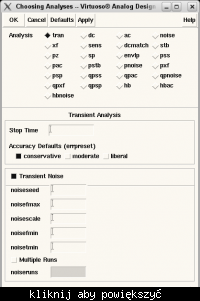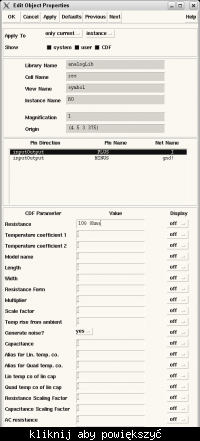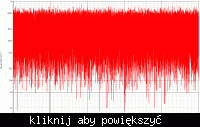Follow along with the video below to see how to install our site as a web app on your home screen.
Note: This feature may not be available in some browsers.
Right. In the ADE (Analog Design Environment) menu, select Analyses -> Choose... In the Choosing Analyses menu, if you select the (default) tran analysis, you may also select Transient Noise, which extends the menu for special noise options:keith1200rs said:I believe Cadence can do transient noise analysis.




